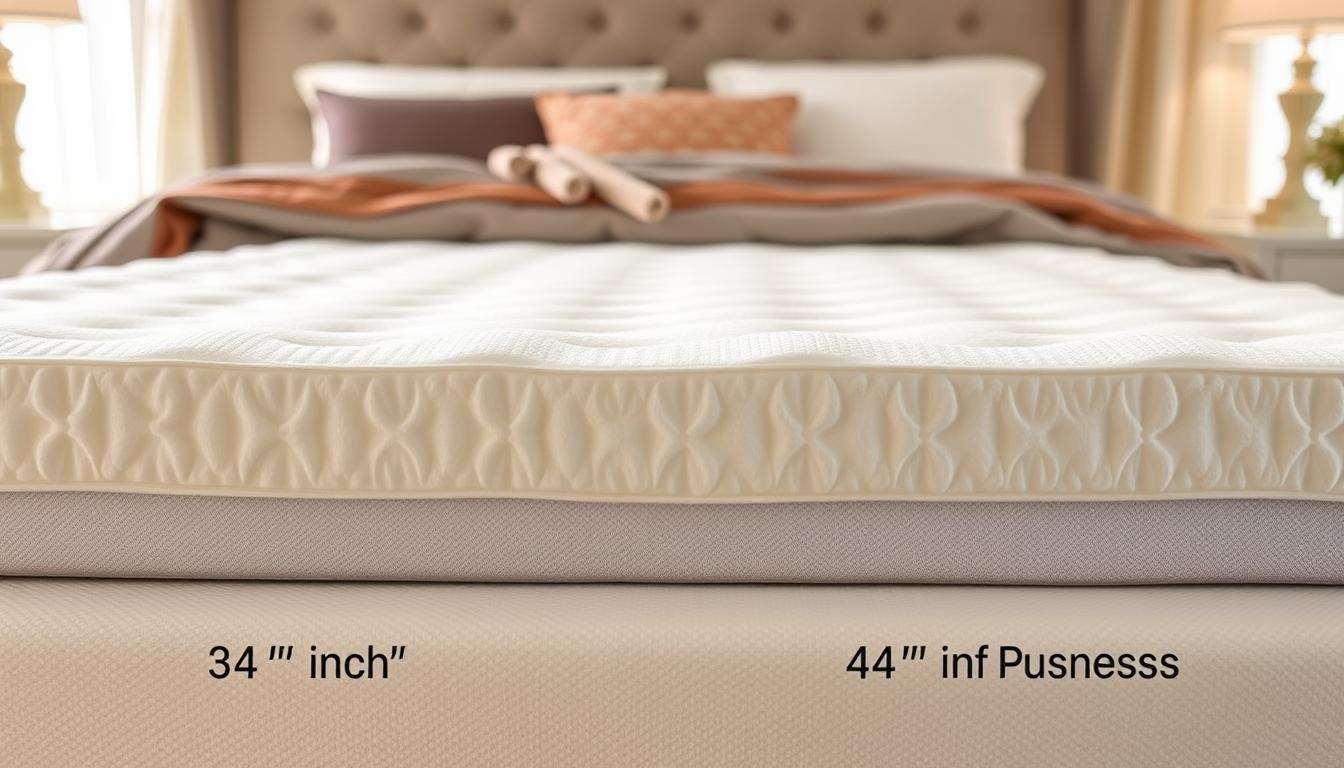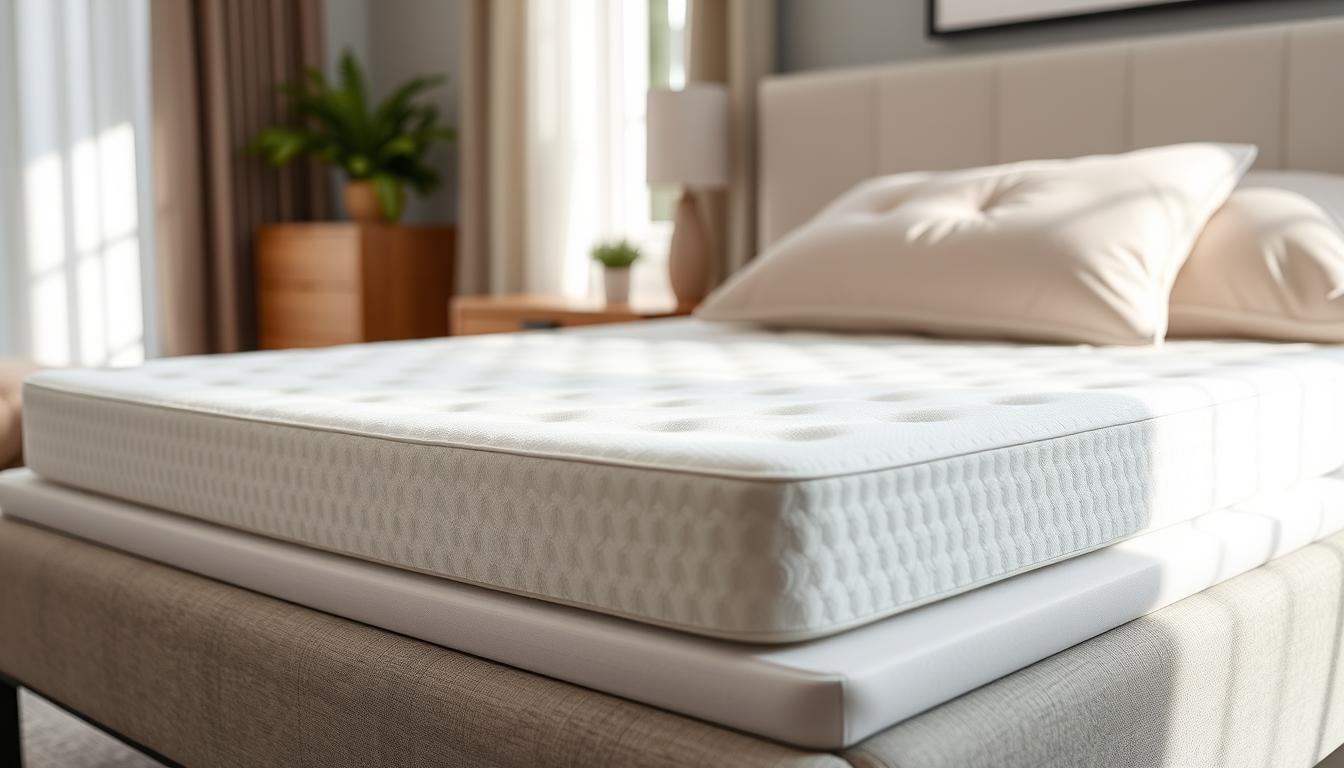Is 3 or 4-Inch Memory Foam Mattress Topper Better?
Are you having trouble finding the right mix of comfort and support for your mattress? Deciding between a 3-inch or 4-inch memory foam mattress topper can be tough. Each thickness has its own benefits, and the best choice depends on your sleep needs and likes. We’ll explore the good and bad of each to guide … Read more



